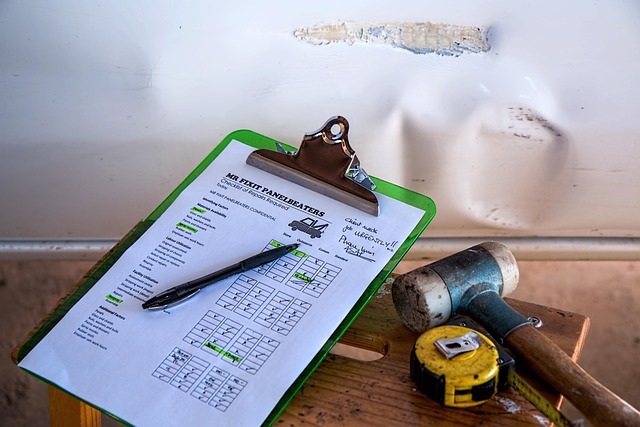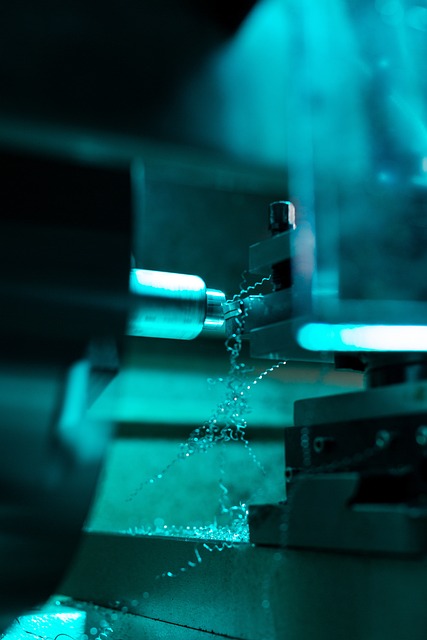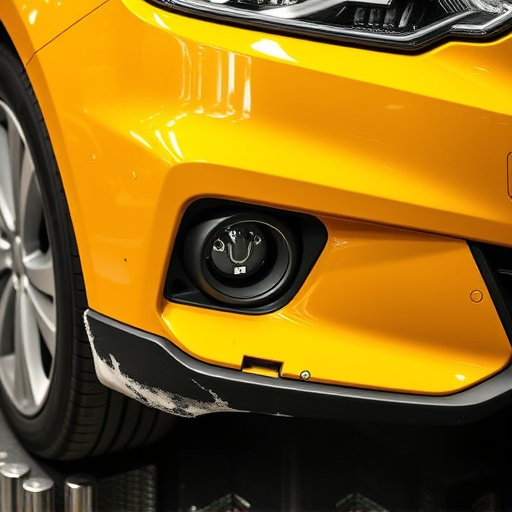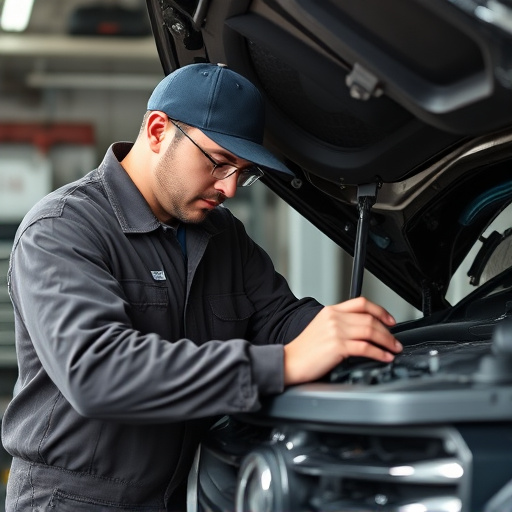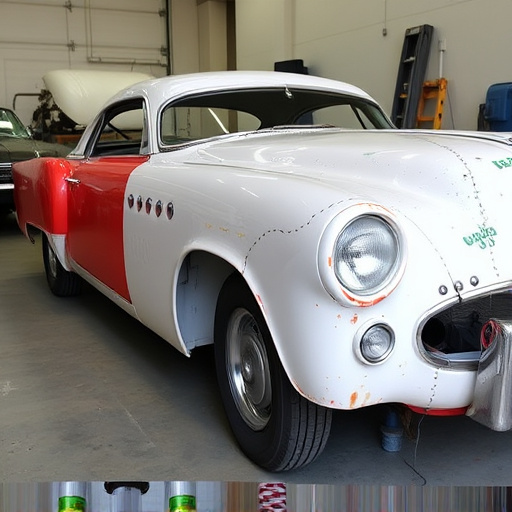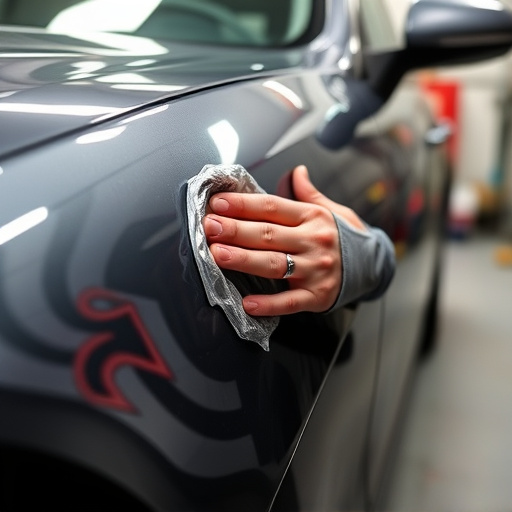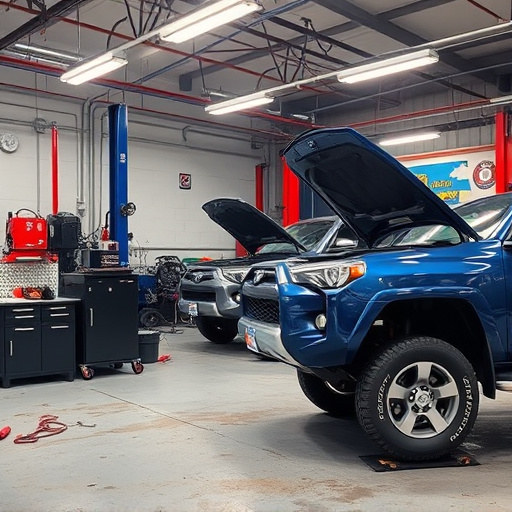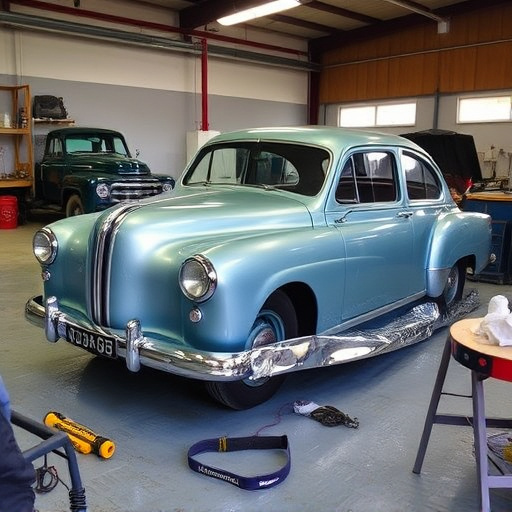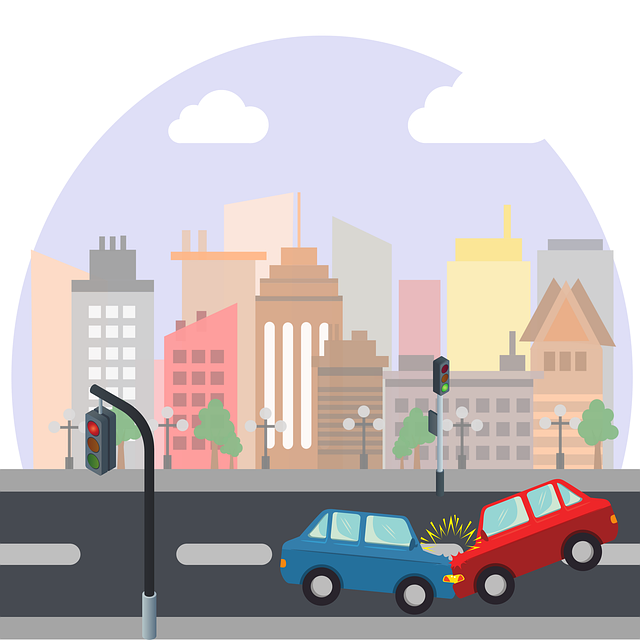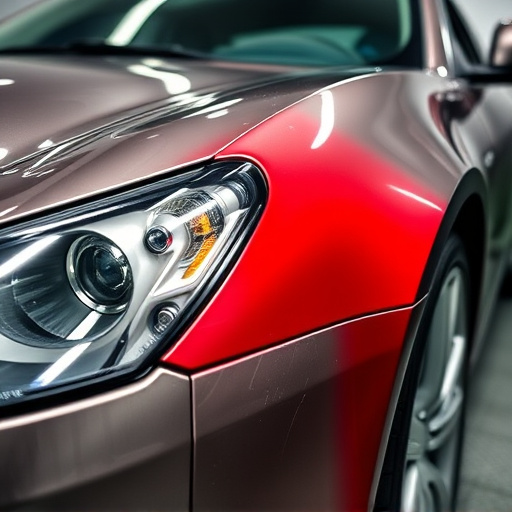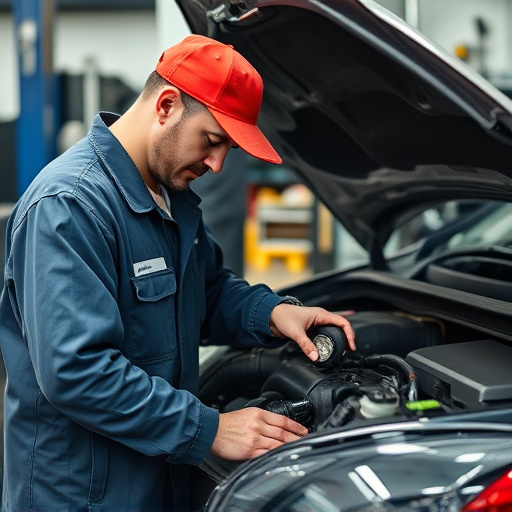Thoroughly inspecting and documenting a vehicle's condition after collision damage repair is vital for high-standard post-collision maintenance. This involves a meticulous top-to-bottom examination using visual inspections and specialized tools to identify hidden issues. Detailed photographs, specific measurements of repaired areas, and overall images of the exterior and interior are documented for comparing current and pre-collision conditions and supporting insurance claims. This process ensures comprehensive assessment, accurate restoration to pre-accident condition, and valuable visual records for future claims, disputes, maintenance, and tracking recurring issues.
Post-collision maintenance is a crucial step after damage repair services, ensuring your vehicle returns to its pre-accident condition. This comprehensive guide outlines essential tips for a successful post-repair process. From inspecting and documenting collision damage to proper care and long-term prevention strategies, each step is vital. Learn how to assess the extent of repairs needed, understand insurance requirements, and perform necessary maintenance tasks like cleaning, waxing, and engine oil changes. Additionally, discover preventative measures to safeguard against future collision damage, making you a savvy automotive owner.
- Inspecting and Documenting Post-Collision Damage
- – Assessing the extent of the damage
- – Photographing and documenting repairs needed
Inspecting and Documenting Post-Collision Damage

After collision damage repair services, inspecting and documenting the vehicle’s condition is a crucial step in the post-collision maintenance process. It ensures that all repairs are completed accurately and to the highest standards. Begin by thoroughly examining the car from top to bottom, checking for any remaining dents, scratches, or signs of previous damage. Utilise both visual inspection and, if necessary, specialized tools to identify hidden issues.
Documenting the post-collision damage involves taking detailed photographs and noting down specific measurements. This includes capturing close-ups of repaired areas alongside overall images showcasing the vehicle’s exterior and interior. Keep these records for future reference, as they can be invaluable when comparing the car’s current state with its pre-collision condition or during insurance claims. For instance, auto dent repair, car collision repair, and car body repair processes often leave subtle marks that might go unnoticed without comprehensive documentation.
– Assessing the extent of the damage

After a collision, assessing the damage is the first crucial step before any collision damage repair begins. It’s essential to thoroughly inspect your vehicle from every angle to understand the full extent of the collision repair needed. Look for visible dents, dings, scratches, or any misalignment in body panels, wheels, and frames. Don’t overlook interior components like dashboards, doors, and headlinings, as they may also require car paint repair or replacement.
In some cases, damage might be hidden under trim pieces or panel gaps. A professional collision repair shop uses specialized tools and expertise to uncover these concealed issues, ensuring every part is accurately assessed for the most comprehensive collision repair possible. This meticulous process forms the foundation for restoring your vehicle to its pre-accident condition.
– Photographing and documenting repairs needed
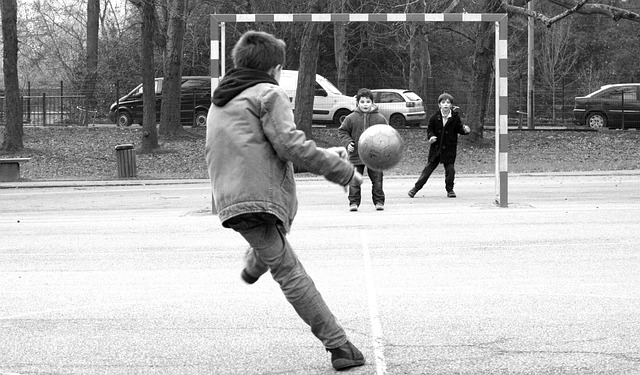
After your collision damage repair services are complete, it’s crucial to photograph and thoroughly document the repairs made. This step serves as a critical record for both the vehicle owner and the auto repair shop. By capturing high-quality images of the before and after states, you create a visual representation that confirms the extent of the work carried out, including any auto body work, paint corrections, and auto glass repair if necessary.
These detailed records are invaluable in case of future claims or disputes regarding the quality of the repairs. They also facilitate effective maintenance and care for the vehicle moving forward, helping to ensure its longevity and optimal condition post-collision. In addition, documenting repairs makes it easier to track any recurring issues that may arise and take proactive measures to address them promptly.
After collision damage repair, meticulous post-maintenance checks are vital. By thoroughly inspecting and documenting the vehicle’s state, owners can ensure all repairs are comprehensive. This process involves assessing the extent of damage, taking detailed photographs, and noting the work required. Such diligent practices facilitate a smooth transition to roadworthiness, providing peace of mind that every aspect of collision damage repair has been meticulously addressed.
